Tyres
Key Enablers
The augmentation of the Indian tyre industry & its recent contribution in the industrial output, employment generation & the revenue from export builds the foundation of an optimistic future for the industry.However, the sector confronts hindrances in the path towards the growth & development.Accessing it with the potential it has to contribute to the Government "Make in India"initiative, combined attempts on behalf of Government & industry bodies will go a long way in surfacing a smooth path for its accomplishment of purpose so to attain the goals foresee in the broader automotive mission plan of 2026. Based on the survey of the growth drivers of the industry & the challenges faced by it, recognized earlier in the publishing, here are some enablers & recommendations which will give an upsurge to the growth of the tyre industry & the economy of a nation as a whole.
Industry Specific based
The industry of tyre is among those industries which are influenced by the inverted duty structure. Government of India, can influence the custom duty on tyre from the current rate of 10-25% in order to keep it at par with the duty influenced by the natural rubber.No input credit is viable on Petroleum consumption, which constitutes a significant input costs in tyre industry in GST regime. Equalization for such credits needs to be made for tyres to make it more competitive.Moreover the import of natural rubber requires a prior license & declaration as well, which increases holding costs that makes tyre industry non-competitive & requires the favorable push. FTAs & RTAs of India are the factors which impact the Indian tyre industry negatively.Natural rubber is listed in the negative list beyond all the FTAs/RTAs excluding the island of Sri Lanka, which holds significance of less importance. So in an order to assure the tyre industry's aggressiveness, the natural rubber should be deleted from the blacklist of all FTAs/RTAs to ensure the tyre industry's competitiveness which relies on a great scale over the imported natural rubber. The tyre industry has invested heavily in plant & machinery, thus creating the higher capacity. The high rates of interest lessen the competitiveness of the industry. There is a need to procure either longer term loans or accelerated depreciation to ensure the competitiveness of the industry. In addition, weighted deduction on the cost of new employees hired in new manufacturing facilities should be given as relief measure for the makers of the tyre.Inferior imports of tyres from China are molesting the domestic manufacturers more than anything else.Because of the economic slump in China, manufacturers there are dumping their products at very low prices that are not competitive.To restrict the dumping of the Chinese tyres in India at prices that molest financially or are non-competitive for the national industry, the Government has imposed the Anti-dumping duty (ADD), but that is based on loss of profit & is not a deterrent.With respect to case of Chinese truck & bus radial (TBR), injury margin is higher than the dumping margin but as ADD is imposed on dumping margin, a part of the injury remains constant. The government should have vision at the correct anti-dumping duty measures in order to sheath the attentiveness of the national manufacturers.Nations like Thailand offers 8-year exemption of corporate income tax, accounting for the 100% of speculation (excluding cost of land & working capital) for forwarding the tyre industry.This has empowered the country of Thailand with a significant comparative advantage in global tyre trade. To enhance the country's share in world exports & have better RCA in comparison to its competitors, some tax & other financial incentives should be given to export the oriented tyre manufacturing units. The cost of brand building at overseas should be given the multiple deductions in the proportion of increased exports.Policy focus is needed to enhance the country's production of natural rubber.This will not only lessen the dependence on import but also assist in controlling the balance of payment.Some financial incentives should be allotted to increase the investment in the plantations of rubber.A backward integration of the tyre industry with that of rubber industry is a good initiative as the industry is equipped with the raw material intensively.This will not only results in promoting the growth of the industry but enhances the productivity & growth of the rubber industry too. Evolution of North East States, Orissa & other alternative production sources will generate new & sustainable sources of natural rubber that do not depend in excess over the traditional sources. Investigation along with participation from the private stakeholders including academic institutions should inspect at improving the productivity & costs of producing natural rubber. Global projects & cross learning from via other nations can perform a positive role in it. In order to evolve the natural rubber industry, a rubber policy in accordance with whatever is demanded by all stakeholders needs to be developed by the Commerce Ministry.Countries like China & Indonesia have non-tariff barriers to verify the grade of tyres or labelling needs of imported tyres throughout a Government regulatory organization.India may look to impose certain parameters for meeting up the quality check requirements on cheap & inferior quality tyres imported from China.
Global trade is now usually molded by the FTA (free trade agreement)/RTA (Regional transportation authority). In recent, India is having the FTA/RTA with countries along with the low potential of export. The Government of India should urge to have trade agreements along with top export destinations like US & EU nations which can offer the concessional charges for tyres, which is accessible for Korea, China. Thetop 15 destinations namely are as follows:-
USA, Germany, France, UK, Italy, Spain, Turkey, Netherlands, Australia, Brazil, Peru, Saudi Arabia, UAE, Nepal & Pakistan which comprises 66% of the entire Indian tyre exports. Organizing the trade agreements with these nations should be preferred first for India in order to enhance the competition level of Indian tyres in these markets.Sixty five trade agreements with nations like Germany, France, Saudi Arabia, Australia &Peru with which India accounts for a non-positive trade balance. This will generate the fillip to the industry's exports & have a considerable effect on growth in the long run. The charges of corporate income tax in India are remarkably higher as compared with that of the benchmark nations, which creates the insufficient competition in the Indian tyre industry in international trade. The direct tax on the profit in India is 33%, which constitutes about more than 10% comparatively with these developing countries. There is a need to rationalize direct tax in relation to international benchmarks & have more transparency in the tax regime. In order to convert India into an investment hub, the most significant step would be to generate the efficient administrative machinery. Delay & non-transparency in approvals result in increasing cost of the projects. Government is undertaking the steps to upgrade the business regulatory environment & to refine the ease of doing business in the country. The ranking of India is quite low in the trading across borders, i.e. (143) among all the benchmark countries. Time (hrs.) & money cost (US$) for exports from India are a bit higher than for the other major players in tyre exports. Government has taken several steps to upgrade the ease of trade beyond the frontiers such as inaugurate of the ICEGATE portal, simplification of border & documented operation & 24x7 customs clearance. Additional appraisals by the Government to diminish time & cost in trading beyond the borders will resulted in upgrading the India's ranking & its level of competition too, which consequently will trigger the expansion of exports of the nation. The tyre Industry generates all types of tyres which are best fitted for all weather & terrain situations. Necessary policy support for R&D is required in order to assure the industry competitiveness with global peers. The benefit for R&D should be pursued & may be magnified to outsource the R&D expenditure too.India needs to safeguard the IPR & keep a survey over the steadily growing unlawful market for the feigned goods or smuggled products in order to assure manufacturers with respect to safeguard their rights and licenses. It is all-important to provide the assurance of protection to the legal manufacturers to safeguard them from the loss by proactively enforcing & taking actions against those supplying the unlicensed or smuggled products.
Industry and Global Trends
Along with the up surging demand of the lower emission levels & improved fuel efficiency in vehicles, besides reducing the weight, the Indian tyre industry is adopting the latest trends of the manufacturing process in order to meet up the versatile market dynamics & serve the latest demands of the OEMs. The tyre makers in India are gearing up to escalate their performance in the phase of modernization, majorly driven by the demand & supply conditions as also directly proportional to automobile sales to some extent. Moreover, with the increasing focus on corporate average fuel efficiency norms to check the alarming levels of pollution, companies perceives keen pressure to build products which are equipped with the minimum friction levels & offers higher fuel efficiency. Inthis direction, the tyre manufacturers have been struggling to modify the manufacturing mechanisms to cater the changing demands and trends. A radial tyre allows the side wall & the tread to perform as two independent features of the tyre. A bias tyre consists of multiple rubber plies over lapping each other, while the crown & the sidewalls are not dependent on one another. Corporations are taking stand for the manufacturing facilities with technologies that upgrade the development of heat in tyres along with an attempt towards less usage of carbon black, which consequently promotes in lowering emissions. Other influencing trend in the manufacturing of tyres include the applications of higher component of 'silica' which assist in the manufacturing process & in refining the performance of tyre by lowering the rolling resistance as well as improving cut & chip resistance. Manufacturing of tyres & its performance are directly proportional to the emission levels. Radial on an average consumes 8-10% lesser charge while performing, thus thereby lesser pollution emitted while its use.Passenger car tyre segment has radialisation of more than 98%, while it contributes about 35% in the segment of truck & bus & just 40% in light CVs tyres. Latest trends in the tyre industry include inclusion of more radials which consume less fuel.Companies of today are adopting the latest trend which calls for lower usage of carbon black & more silica content do increase the fuel efficiency & reduce pollution. Over many years, the application of carbon black has significantly reduced in manufacturing of tyres for the passenger vehicles. On the other hand, in case of CVs we are required with the fair amount of carbon black as those tyres need to deal with the pressure of the heavily loaded vehicles.
Tyre dealers in the NCR said there has been a massive change in the design & weight of the tyres now made by the manufacturers as compared to five to seven years back.Demand of tyre generates from the two end-user categories; OEMs & the replacement segment. Consumption by OEMs is relied on new automobile sales trend while the replacement segment is associated to usage patterns & replacement cycles. Trucks & Buses dominates overall commercial usage segment with respect to the LCV segment. Tractor front & rear tyre segment comprises the remaining. Top 10 Corporations accounts for about 80% of the market share. Top Ranked Companies, i.e. MRF, Apollo Tyres & JK Tyres have 55% of the market share of the Indian tyre industry & figure among the top 25 global companies with respect of revenue.
The major component in the manufacturing of a tyre industry is rubber. There are three classifications of rubber utilized in the process of manufacturing, i.e. natural rubber (NR), styrene butadiene rubber (SBR) & poly butadiene rubber (PBR). Rubber including (natural & synthetic), nylon tyre cord fabric (NTC) & carbon black constitute an important portion i.e. 60-65% of the overall raw material cost of the industry, hence any alteration in the prices of these material influences industry's profitability as a whole. The price of rubber is prone to fluctuations & in the previous fiscal year, domestic & international rubber prices increased by about 28%.The reason behind the inflated price of natural rubber in the domestic market is due to the demand-supply gap in the production & consumption of rubber in the country. Competitive prices in the international market also lead to high imports.Tyre exports are calculated to rise by 8-10% over the next three years led by the rigid demand & increased acceptance of Indian tyres in overseas markets, both in terms of quality & pricing. It was around 9% in FY 2018.For the Fiscal Year 2019, the unit & tonnage growth is pegged at 8-8.5%&6.5-7%, respectively. Currently, the share of India to the global tyre trade is USD 1.5 Billion (1.72%) out of the $80 Billion market. ATMA anticipates export share to increase it to about 5% given that the industry is quite aggressive in competition & there is headroom for the export of tyres. Top destinations for exports include US, Germany, France, UK, Italy, Spain, Turkey, Netherlands, UAE, Brazil & Australia. The US & EU countries are the top potential markets for exports & the driving factor would be the Government signing agreements of trade with these countries which can provide concessional tariff for tyres.
- MRF Q3 profit skids 18% to Rs 279 crore (source: ET)According to sources, Tyre major MRF reported 18 per cent decline in standalone net profit at Rs 279.26 crore for December quarter 2018, hit by increase in overall expenses during the period. The company had reported a net profit of Rs 340.51 crore in October-December 2017-18.Revenue from operations however rose to Rs 4,033.76 crore for the latest quarter as compared with Rs 3,798.82 crore in the year-ago period, MRF said in a regulatory filing.
Total expenses in the third quarter 2018-19 increased to Rs 3,750.25 crore from Rs 3,331.14 crore in the same period a year ago. The company's board, also recommended an interim dividend of Rs 3 per share.
- Ceat Q3 net profit dips 36% to Rs 52.24 crore
The company had posted a net profit of Rs 82.10 crore for the corresponding period of the previous fiscal. (source: ET)
As per the resource, the tyre maker ‘Ceat’ reported a 36 per cent dip in its consolidated net profit to Rs 52.24 crore for the quarter ended December 2018.The company had posted a net profit of Rs 82.10 crore for the corresponding period of the previous fiscal, Ceat said in a filing to the BSE.Its consolidated total income stood at Rs 1,717.95 crore for the quarter, against Rs 1,580.78 crore for the same period a year ago.Ceat Managing Director Anant Goenka said: "Our Q3 revenue, year-on-year, has witnessed an upward growth on the back of a strong performance in two-wheelers and commercial vehicle segments."From a product launch perspective, the company is excited with the launch of the Gripp X3 and Milaze X3 products, according to him.
Opportunities & Challenges
India holds the definite supremacy & opportunities which are vital for the growth and expansion of the tyre manufacturing. Though, there are number of obstructions in the path towards its growth which are needed to be overcome, as the industry examines to contribute to the Government in its strategy of "Make in India". Earnings of the middle household will get the threefold over the next 20 years & India will be ranked as the 5th largest consumer economy globally by the year 2025. According to another research by the PwC estimates that by the FY 2021, India's emerging & middle-class chunks will be combined and comprise about 900 Million people. India is blessed with one of the most captivating markets with the increasing revenues of the middle class. Emergence of the middle class will result in fueling the industry of the passenger car which as an outcome will drive the growth of the industry. According to the study it has been calculated that India has only 10 cars per 1,000 population in comparison with the world average of 125. For China, this figure is 50 & for other developing & developed countries as well, it is goes above 200. Paired with the rise and growth of the middle & upper middle classes in the succeeding years, the probing levels of passenger cars among the Indian population are anticipated to manifold many times. This will be a crucial driving factor for the Indian tyre industry. India is observing the enhanced levels of urbanization with a great number of people relocating to the towns, cities and districts for the upgraded livelihoods. According to a study and report from McKinsey, the share of the urban population will be reached to 40%, by the FY 2030.
India is one among the speedily emerging economies throughout the world & is indicating the sustained economic activity in numerous sectors. Infrastructure development, construction & the housing sector are some of the key areas for which the Government of India has composed the various policies & given certain incentives and motivations for fueling this sector which consequently will result in a higher demand for the industrial & construction tyres. The rise of the agricultural Sector & opportunity for farm mechanization can drive the demand for the agricultural tyres. Radialisation has emerged as a chief factor contributing towards the growth and development of Indian tyre industry. Passenger cars tyre segment has radialization to the extent of 98%, while only 36% vehicles in truck & bus (T&B) segment & 40% in light CVs (LCV) have radialized tyres. The industry of tyre in India, as discussed earlier, has numerous opportunities to grow; however, it still has a long way to go with respect to compete in the global marketplace. This section examines the key challenges fronted by the Indian tyre industry that oscillate the growth & the level of competition in the place of global market. The Inverted duty structure is where the most crucial raw material (natural rubber) convinces the higher customs duty with comparison to its finished product (tyres).India is the solitary country that has an opposite order of duty structure for the tyre industry.Trade agreements influence the national tyre industry by way of offering the concessions on the custom duty of finished tyres.India has few trade agreements such SAARC preferential trade agreement (SAPTA), India MERCOSUR Pref. Trade Agreement among its top destinations.
The industry of tyre is a raw material concerted industry. Raw materials account for about 72% of the entire production of cost. Natural rubber is the primary raw material in the process of production of tyres & results in the 44% of the total raw material cost. Though, the tyre industry of India has to rely upon the foreign nations, i.e. on the imports of natural rubber due to a mismatch between production & consumption of the national natural rubber. India consumes more than 80,000 tons of natural rubber, out of which the tyre industry ingest about two-thirds of the natural rubber. With regard to this, only 40,000-50,000 tons of natural rubber is produced in India. Price of natural rubber in India is quite volatile & is higher than world rubber prices comparatively (Bangkok benchmark). The prices of natural rubber are about 10-20% higher than the prices in the international market which is a challenge for the entire tyre industry. Lack of adequate physical infrastructure (roads, ports, airports, railways, water & energy, etc.) has been observed as one of the biggest challenges that India confronts. China has been analyzing a downtime in its economy in the aftermath of the global financial crisis which has negatively impacted the automobile industry.USA is one market for tyres that is targeted by the Chinese tyre exports. As per the US commerce department, the tyres were being dumped at the verges of around 20.87-22.57%. With USA taking such strict actions against the dumping of Chinese imports; India is the next prospective market for Chinese tyres. Hence, India has witnessed a surge in tyre imports from China. A DIPP report also highlights that rubber (tyres) is one of the manufacturing industries that has been affected by large imports from China. The share of China in imported tyres has gone up to 51% from 18% in the last 5years.Moerover, a FICCI&TARI report register and points out that illegal or illicit imports are also a factor of concern.



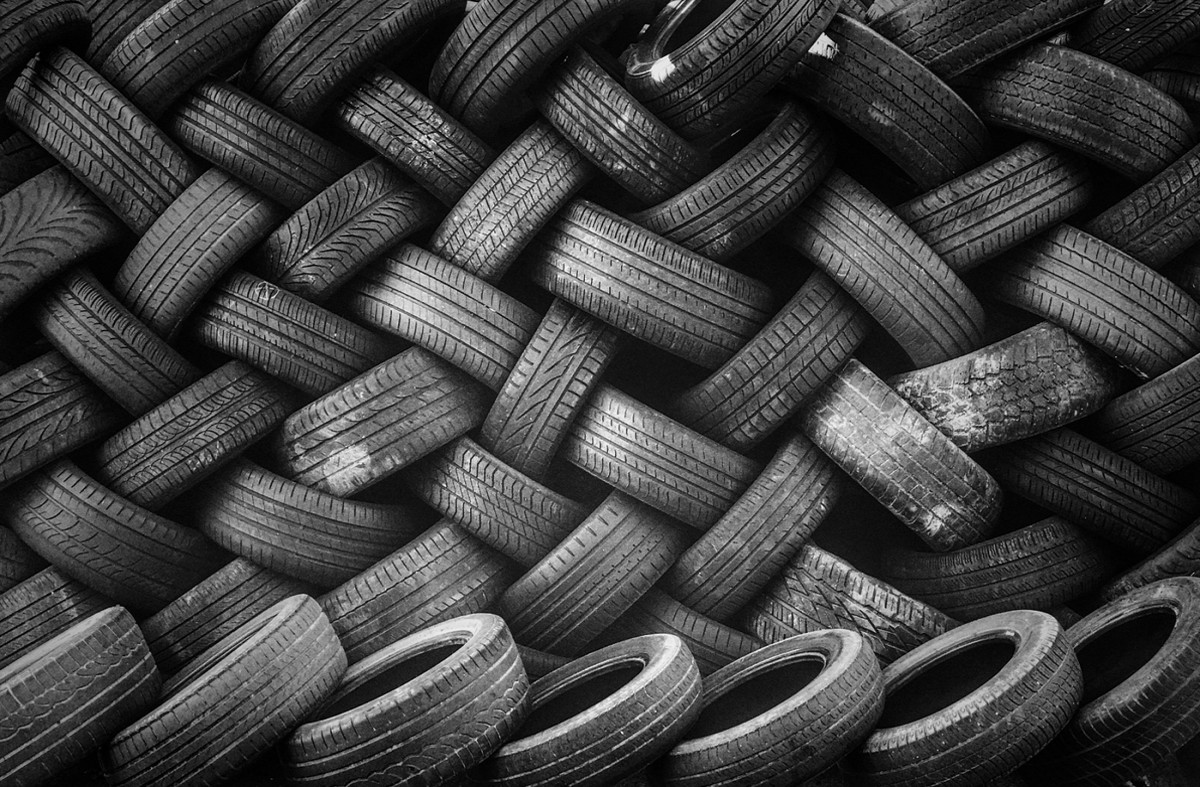


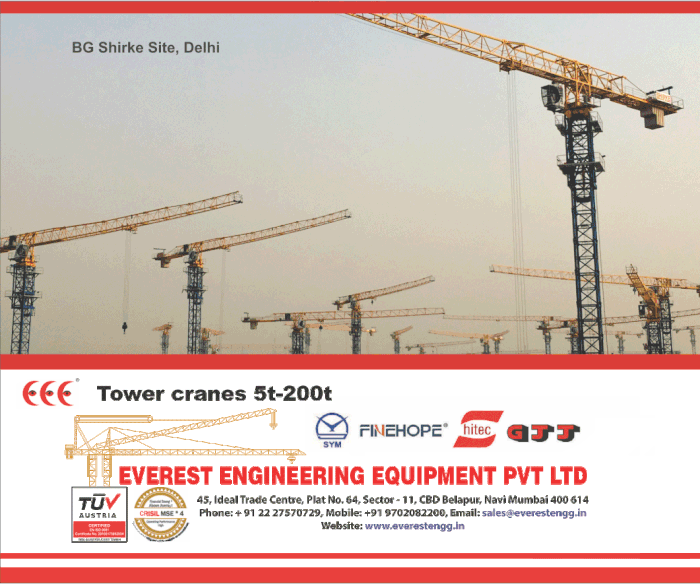
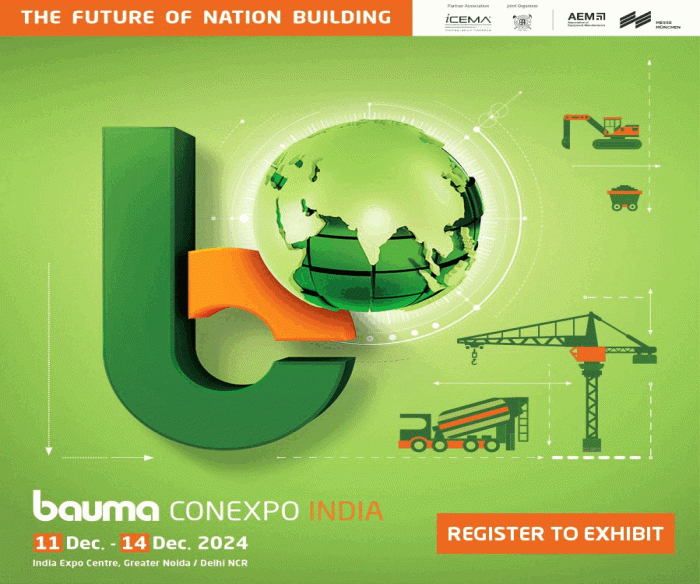
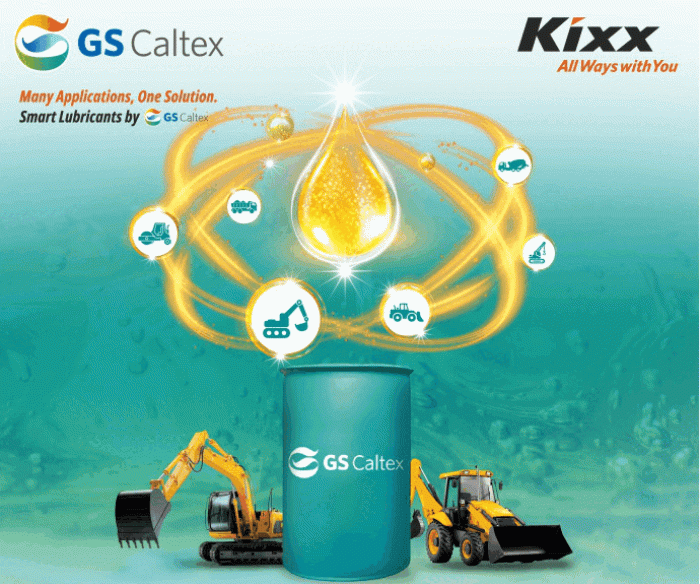
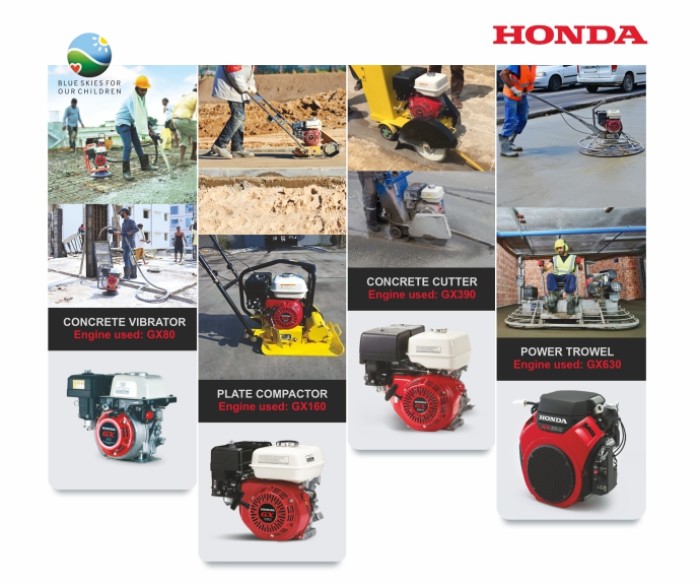
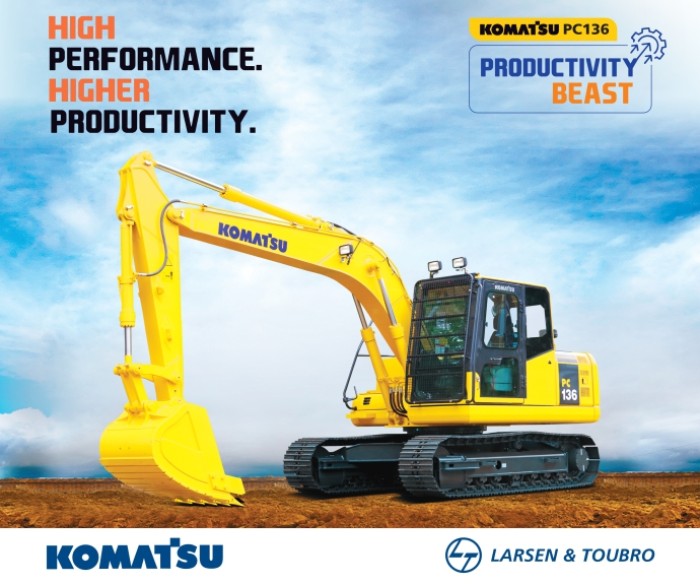





Leave a comment